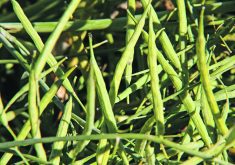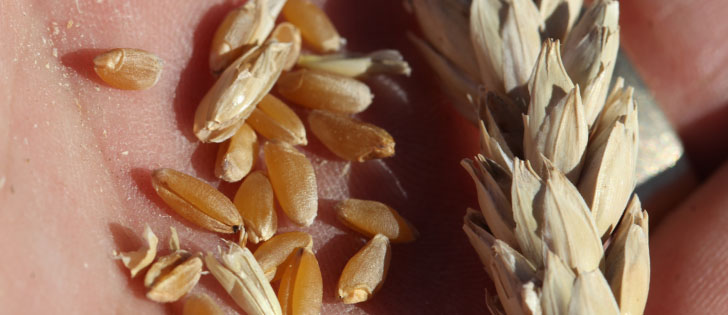Livestock producers in specified areas of all three prairie provinces will be eligible for tax deferrals on breeding livestock they were forced to sell in 2009.
In Saskatchewan and Alberta, the program applies to stock sold due to drought, while in Manitoba it applies to stock sold due to excessive moisture.
The federal and provincial governments announced the deferral last week.
Eligible producers in designated areas will be able to defer income tax for one year to help replenish breeding stock the following year.
Read Also

Manitoba extends Crown land rent freeze
Manitoba government links the continued rental rate freeze on grazing and forage leases to economic and environmental challenges facing the industry
Producers who reduce their breeding herds by at least 15 percent are eligible. Thirty percent of income from net sales can be deferred if the reduction is between 15 and 30 percent, and 90 percent can be deferred if the reduction exceeds 30 percent.
The deferrals will apply to 2009 tax returns. Producers with questions should contact local Canada Revenue tax offices.
The eligible areas in each province can be found by going to the Agriculture Canada website www.agr.ca and clicking on news.
OUTLOOK, Sask. – Norland is once again turning researchers’ heads.
The potato variety known for its high yield potential, good storage characteristics and adaptability to different soil conditions is already one of the most common spud varieties grown on the Prairies.
Last year, it outperformed five other popular potato varieties in the first year of a multi-year water-use efficiency study conducted at the Canada-Saskatchewan Irrigation Development Centre near Outlook.
Greg Larson, a horticultural crop technician at the centre, said Norland outperformed Shepody, Gemstar, Russet Burbank, Russet Norkotah and Ranger Russet in the first year of trials.
In controlled plots, researchers measured the water applied from irrigation pivots and rainfall, then examined the correlation between overall moisture and gross tuber production.
Most productive
Norland was the most productive of the six varieties tested, producing a gross yield of 45 kilograms per acre per millimetre of moisture applied and a net marketable or graded yield of 40 kg per acre per mm.
By comparison, Russet Burbank produced gross and marketable yields of 29 kg and 18 kg respectively while Ranger Russet produced 26 and 19 kg.
“Norland is the highest so far in terms of water-use efficiency,” said Larson, who managed the plots on behalf of Jazeem Wahab, the irrigation centre’s horticultural crops agronomist.
Data from the second year of research will be analyzed later this year.
Warren Helgason, an irrigation researcher and water-use efficiency expert from the University of Saskatchewan, said Canadian irrigators interested in maximizing water-use efficiency have made significant gains during the past decade.
Advancements in irrigation technology and improvements in irrigation scheduling have reduced water waste and improved crop production per unit of water applied.
Many flood irrigators operated years ago at an application efficiency rate of roughly 50 percent, he said.
At that rate, plants use about half of the water being applied to a field.
Today, thanks to low pressure sprinkler systems, electronic soil moisture monitors, remote weather stations and computer software programs that allow irrigation pivots to be controlled from a cell phone, Blackberry or laptop computer, application efficiency rates of 85 to 90 percent are achievable.
With the cost of water increasing each year and supplies of fresh water becoming more scarce, maximizing water-use efficiency has emerged as a key concern to the irrigation industry, Helgason said.














